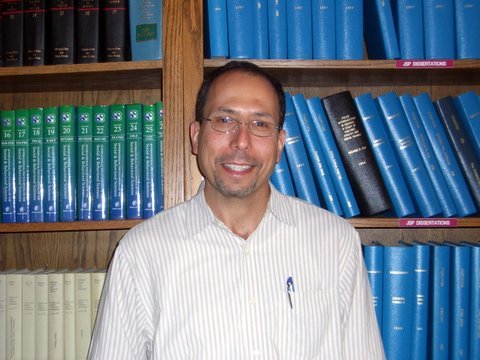Prop 13: From Public Wealth to Private Excess
When I arrived in California as an 18 year old "Cal" freshman, from my home in Chicago, I could not believe how prosperous and dynamic the state appeared. The landscape was cluttered with gems of the built (and unbuilt!). Situated in the urban metropolis created by San Francisco, San Jose, Oakland, and Berkeley (all of which seemed less tired then my hometown of Chicago), I saw amazing infrastructure, great universities, endless freeways, gleaming rapid transit systems. Beyond the city, an archipelago of jewel like parks beckoned.
At the end of my first year, on June 6, 1978, California voters enacted Proposition 13, the now famous tax cutting initiative that permanently limited the state's ability to raise funds through the property tax (taxes were rolled back slightly and then capped at 2% growth no matter how high the property values soared until the property actually changed hands). [Read John Wildermuth's reporting on the 30 year anniversary in the SFChron) It was like a switch being thrown. Nothing sudden of course, but over the next thirty years that robust public California would shrivel and shrink (accept prisons but thats a story for my other blog). Our public infrastructure, whether freeways or universities, has at best remained frozen (only 1 new UC in 40 years).
The state has not become poorer in aggregate, but more of that money remains in private hands (just as intended by the anti-tax crusaders). The result is a landscape brimming with over-built houses, endless big box stores, and giant SUVs. Thirty years later the present is not only more garish, but the the future economy we are creating is one based on low wage service and construction jobs.


0 Comments:
Post a Comment
<< Home